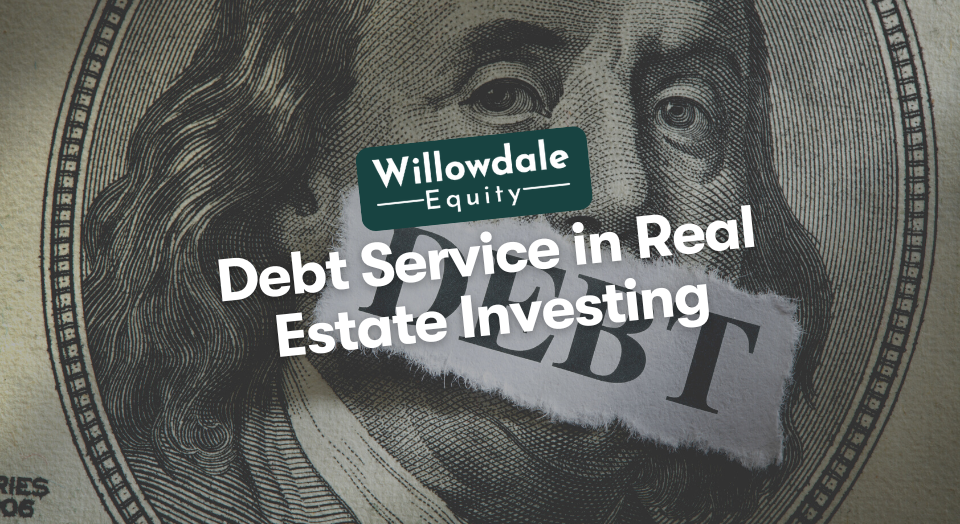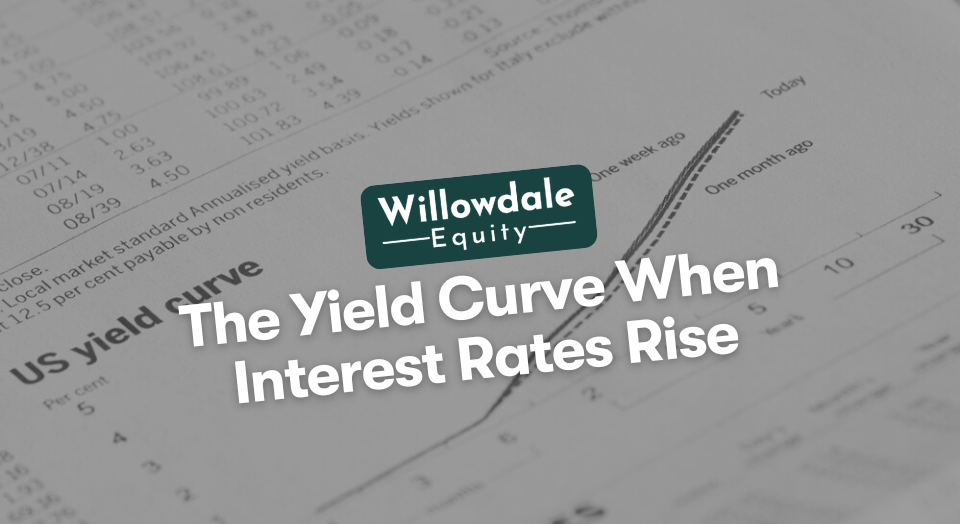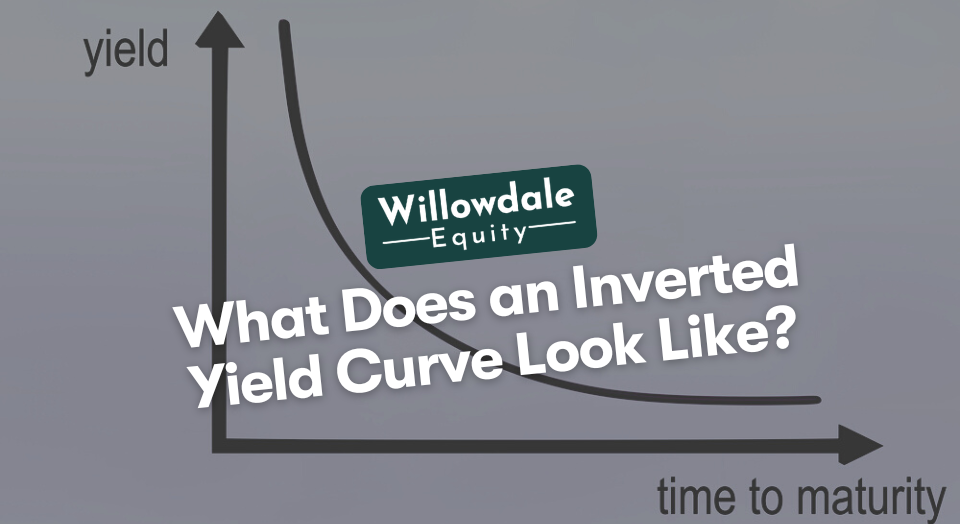
Debt Service in Real Estate Investing
This article is part of our guide on fannie mae and non-recourse loans in multifamily, available here.
A unique feature of commercial real estate as an investment is the ability to safely use financing to leverage capital and increase purchasing power, yielding a better return on your investment. When you borrow money to buy a larger asset, you will encounter more significant expenses servicing the debt. As a property’s debt service increases, so should its income.
In this article, you’ll learn about debt service in real estate and how much leverage is appropriate when borrowing for a multifamily real estate investment. You’ll also learn how to calculate a property’s DSCR, a ratio lenders use to determine leverage on a property.
Key Takeaways
-
Debt service is the principal and interest paid to service your property’s mortgage.
-
DSCR stands for debt service coverage ratio. This is the ratio of a property’s net income to annual debt service.
-
Debt is highly advantageous in commercial real estate. By leveraging debt appropriately, a real estate investor can increase their return on invested capital and purchase larger properties than they would otherwise be able to.
What is Debt Service in Real Estate?
Debt service is the principal and interest paid to service your property’s mortgage. This is essential to understand when evaluating a multifamily real estate deal. When determining how much you can borrow, lenders will look at the ratio of the property’s income to debt service to determine what amount of risk is acceptable.
Suppose you have substantial cash flow or other income-generating properties that you own outright. In that case, lenders may also consider this income when assessing the investor’s creditworthiness.
This ability to leverage your investment sets real estate apart from other asset classes. This leverage is low risk as long as there is sufficient net income to cover the building’s annual debt payments and other operating expenses.
What is Annual Debt Service in Real Estate?
As the name suggests, the annual debt service is the debt service, principal, and interest paid for the property over a 12-month period. This is usually the figure you’ll use to calculate your debt service coverage ratio and other financial ratios that allow you to finance your property safely.
By using an annual calculation instead of one monthly, you can take into account unexpected vacancies and expenses that might appear some months but not for others.
What is DSCR in Real Estate?
DSCR stands for debt service coverage ratio. This is the ratio of a property’s net income to annual debt service. Along with loan to value, this is one of the most important metrics lenders look at when deciding what amount of leverage or gross loan proceeds a property can comfortably afford to service for a commercial mortgage. Lenders typically want to see a DSCR of between 1.25 and 1.5 to feel comfortable issuing the note.
Certain commercial property types, such as hotels, may require an even higher DSCR. Multifamily real estate, however, is usually considered more stable, so most lenders are comfortable with a DSCR closer to 1.25.
Debt Service Coverage Ratio Rental Property

When you have a multifamily property, you can reliably predict if the property has a sufficient net operating income compared to other types of commercial property. Since there are many tenants in a multifamily building, default risk is spread amongst them, and overall default risk is low.
If you rent out a single family home, for example, and your tenant stops paying, the property is not generating any income, and it could be months until that tenant is evicted and income begins to flow again. With many tenants in a multifamily property, even if there are one or two defaults, the property will still generate strong cash flow. This principle allows lenders to feel comfortable leveraging the property’s income.
Let’s assume you are purchasing a multifamily property with an annual net operating income of $100,000. The property’s annual debt service, the principal and interest payments on its financing, are $80,000. If you divide $100,000 by $80,000, the result is 1.25. This is the property’s DSCR.
With a DSCR of 1.25, although on the lower end, lenders will consider this ratio acceptable for a commercial mortgage.
Good Read: How does an Interest Only Loan Work?
Why We Use Debt in Commercial Real Estate Investing
Debt is highly advantageous in commercial real estate. By leveraging debt appropriately, a real estate investor can increase their return on invested capital and purchase larger properties than they would otherwise be able to.
By purchasing a larger property, investors can deduct a larger amount for the building’s depreciation. This depreciation is typically deductible over a 27.5-year period. There are also tax advantages related to mortgage interest payments.
Even in an inflationary environment, the income can increase while the mortgage rate remains steady (assuming the property is financed at a fixed rate). As prices rise in the economy, a landlord will continue to raise rents annually to keep pace with inflation.
This flexibility with multifamily property creates a long-term, stable investment opportunity.
Frequently Asked Questions Debt Service in Real Estate
Lenders typically look for a debt service coverage ratio between 1.25 and 1.5. This ensures enough revenue to cover the property’s debt obligations in the event of unexpected vacancies or expenses. These ratios also allow you to safely use appropriate leverage to increase return on capital.
A property’s DSCR is calculated by dividing the net operating income by the total debt service.
Debt Service Real Estate - Conclusion
Understanding how debt affects your real estate investment is crucial. With a proper understanding of debt and leverage, investors can take advantage of financing to improve their returns while managing risk. These benefits continue to serve the investors in an inflationary market and provide tax advantages for decades through depreciation deductions. To get the best deals, however, it’s essential to have a network of brokers, owners, and investors.
If you want to network with other real estate investors and gain access to exclusive passive multifamily investment opportunities, join the Willowdale Equity investor club today.
Sources:
- CFI, “Debt Service“
Interested In Learning More About PASSIVE Real Estate Investing In Multifamily Properties?
Get Access to the FREE 5 Day PASSIVE Real Estate Investing Crash Course.
In this video crash course, you’ll learn everything you need to know from A to Z
about passive investing in multifamily real estate.
We’ll cover topics like earned income vs passive income, the tax advantages, why multifamily, inflation, how syndications work, and much much more!




